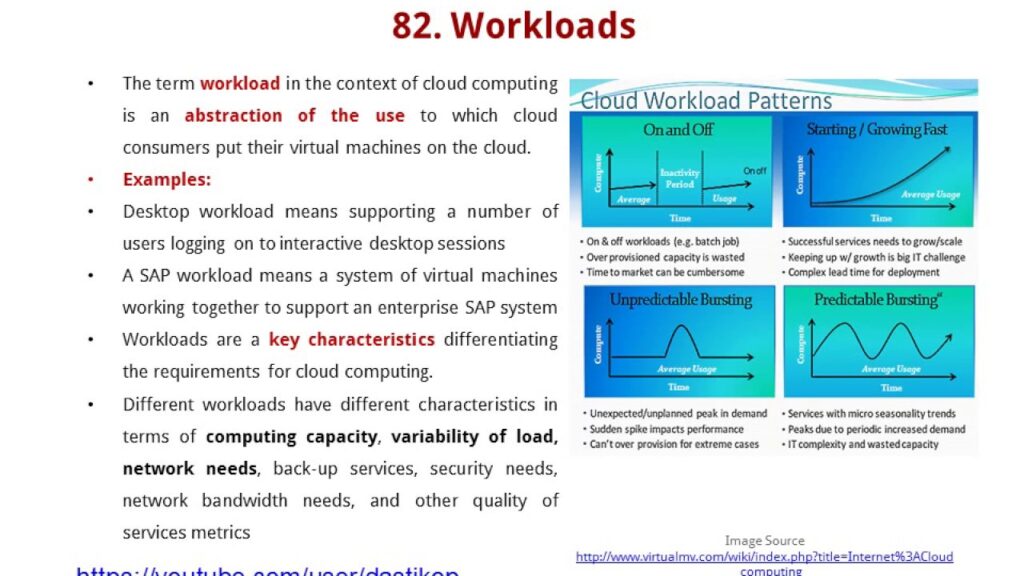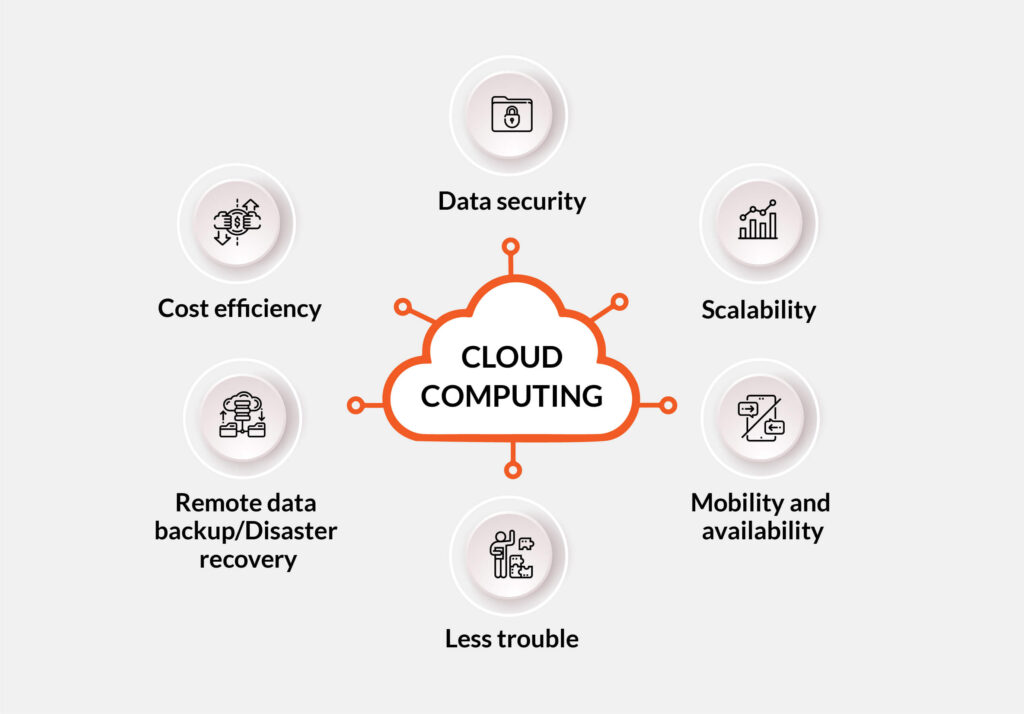In the ever-evolving landscape of technology, generative AI is making waves and shaping the future of multicloud architecture. While the spotlight may currently be on generative AI, the growth of multicloud is silently revolutionizing the way enterprises operate behind the scenes. It’s a trend that shouldn’t be overlooked, as it holds significant importance for businesses.
Everyone saw this coming
Large-scale generative AI models rely heavily on computational power and scalable infrastructure. Multicloud architecture, a sophisticated distributed system, distributes workloads across various cloud service providers, on-premises setups, edge computing, and other storage and processing platforms. This approach offers the scalability and flexibility needed, whether you’re dealing with generative AI systems or other workloads.
With the ability to tap into multiple cloud environments, enterprises can dynamically allocate resources to efficiently manage AI workloads without any bottlenecks. This flexibility is particularly crucial for generative AI models, which often require bursts of high-performance computing and extensive storage capabilities.



